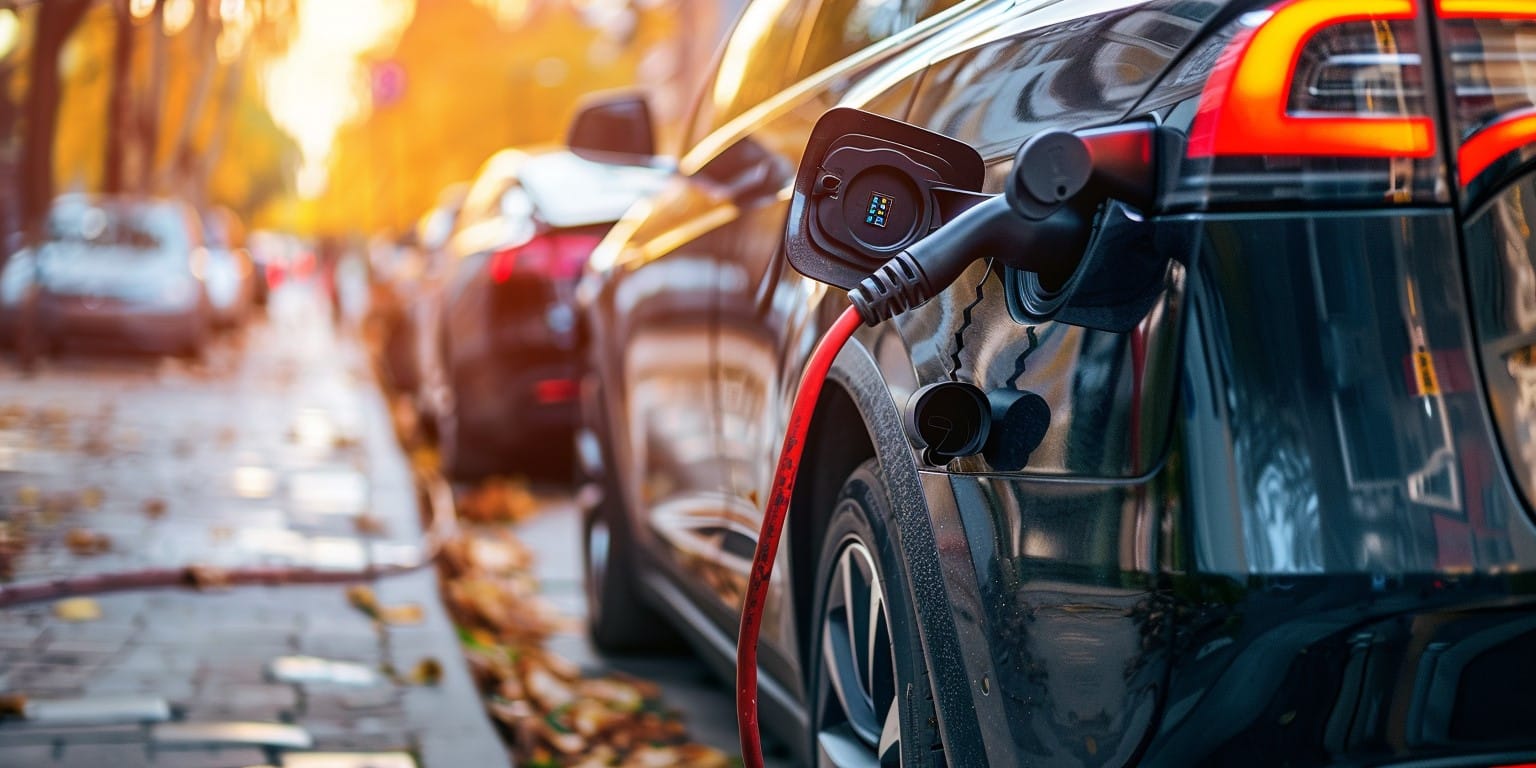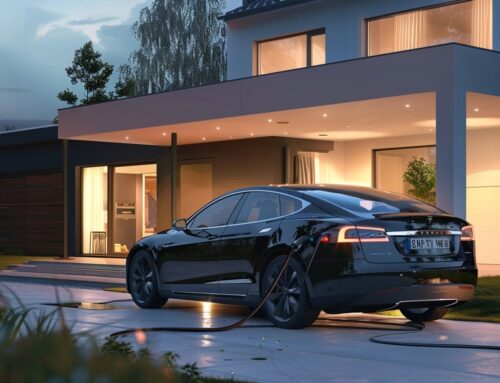Welcome to our guide on improving your EV battery’s life and performance. Electric vehicles (EVs) with sophisticated electric car batteries are becoming more popular. It’s vital to know how to keep your battery in good shape. You can make your battery last longer and work better with the right care.
The battery management system (BMS) is crucial for EV battery care. It helps keep the battery healthy by managing how it charges and discharges. To keep your battery running well, follow charging advice and do regular check-ups. We’re here to share important electric vehicle charging tips and best practices to help your EV battery last longer and perform better. Stay tuned for more details.
Revving Up: The Key to Enhancing Your EV’s Battery Life and Performance
Understanding how to charge your electric vehicle (EV) correctly is vital. By following simple tips, you can make your EV’s battery last longer and perform better, ensuring it stays in top shape for many years.
- Choose the Right Charging Infrastructure: Learn the different ways to charge your EV. You can either use public charging stations or have a charger at home. Having easy access to charging is crucial.
- Optimize Your Charging Sessions: Avoid charging your EV quickly all the time. Fast charging can cause the battery to wear out faster, leading to premature degradation. It’s better to charge slowly and regularly. This method is gentler on your battery and can prevent it from getting too hot.
- Use Designated EV Chargers: Always use chargers made for EVs when charging. These chargers have the right safety features and provide the correct power for safe and efficient charging, which is essential for maintaining EV battery maintenance.
- Manage Charging Levels Effectively: Keep an eye on how much you fully charge your battery to avoid unnecessary degradation. Don’t overcharge it or let it run too low. Watching your battery’s charge level and adjusting your charging habits is essential for its health.
Understanding how to charge is just one part of it. It’s also important to know how weather affects your EV’s battery. Hot weather can wear your battery out faster, and cold weather can make it less efficient. When charging, try to park in the shade and use your car’s features to get the battery ready before you drive.
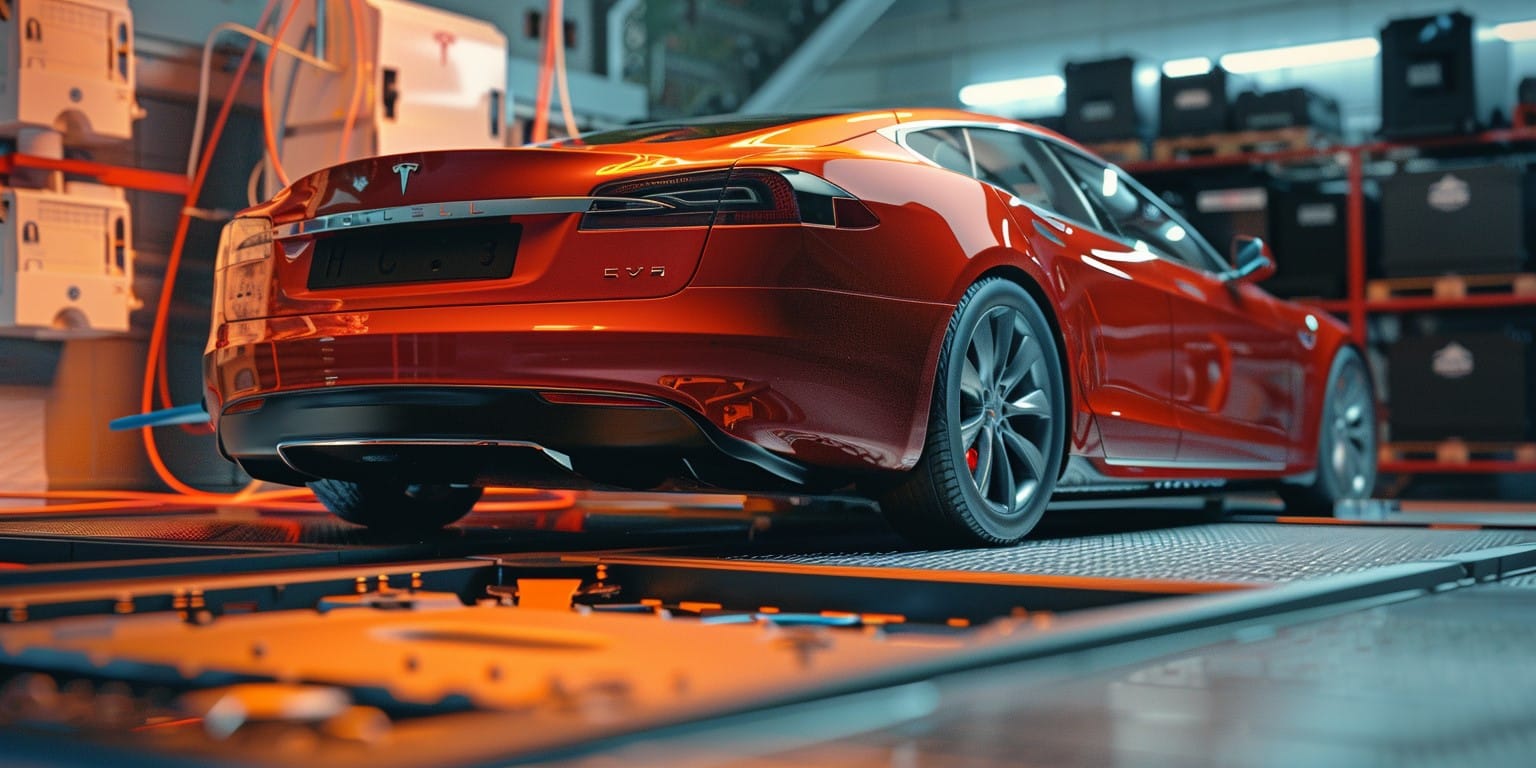
Understanding Your EV Battery
The Basics of EV Battery Technology
Understanding EV battery basics is critical to making your battery last longer. Most EV batteries use lithium-ion because it holds lots of energy and lasts long. These batteries give the power needed for electric vehicles.
Battery capacity tells us how much energy a battery can hold. It’s shown in kilowatt-hours (kWh). A larger capacity means the battery can store more energy. This lets you drive further on a single charge.
The voltage of a battery shows how much power it can give to the car’s motor. High voltage means more power, which makes the car faster and performs better.
The amount of charge in a battery shows how much energy is left. If the charge goes down, the car can’t go as far. It’s important to keep an eye on the battery charge. This way, you can drive efficiently and far.
Factors Affecting Battery Health
Different things can affect how long an EV battery lasts. Temperature is a big one. Very hot or very cold weather can harm the battery. Keeping the battery at the right temperature helps it last longer.
How much you let the battery run down also matters. It’s better not to let the battery get too low often, as this helps the battery stay in good shape for a longer time.
How you charge the battery is essential, too. Fast charging can be handy but may shorten the battery’s life. It’s better to use slow charging when you can.
The Battery Management System (BMS) looks after the battery’s health. It ensures the electric car battery is safe and works well, contributing to its overall performance. Following the car maker’s advice and getting regular check-ups helps your battery last longer.
Knowing about these factors and taking care of your battery can help it work better and last longer. This means you can enjoy your electric vehicle for many years.
Daily Charging Practices
Optimal Charging Strategies
Developing smart charging techniques is vital to make your electric vehicle (EV) battery last longer. By following these tips, you can ease battery stress and enhance performance:
- Charge at home: Use a Level 2 charger at home whenever you can. This method charges slowly, which is good for your battery’s health. It also keeps the battery cooler, helping it last longer.
- Utilize smart charging features: Many EVs have innovative charging features. You can set when your EV charges to use less expensive electricity, which saves money and is better for the battery.
- Understand charging levels: There are different speeds for EV charging. Level 1 is the slowest, using a regular outlet. Level 2 is faster with a special charger, and DC fast charging is the quickest but can accelerate battery degradation. Knowing these levels helps manage battery wellness.
- Select the appropriate charging level: When choosing a charging level to optimize your vehicle’s lifespan, consider your daily driving and vehicle battery needs. Level 2 is good for everyday use since it’s gentler on electric car batteries, preventing unnecessary degradation. Use DC fast charging for long trips, but remember, doing this too much can wear out the battery faster.
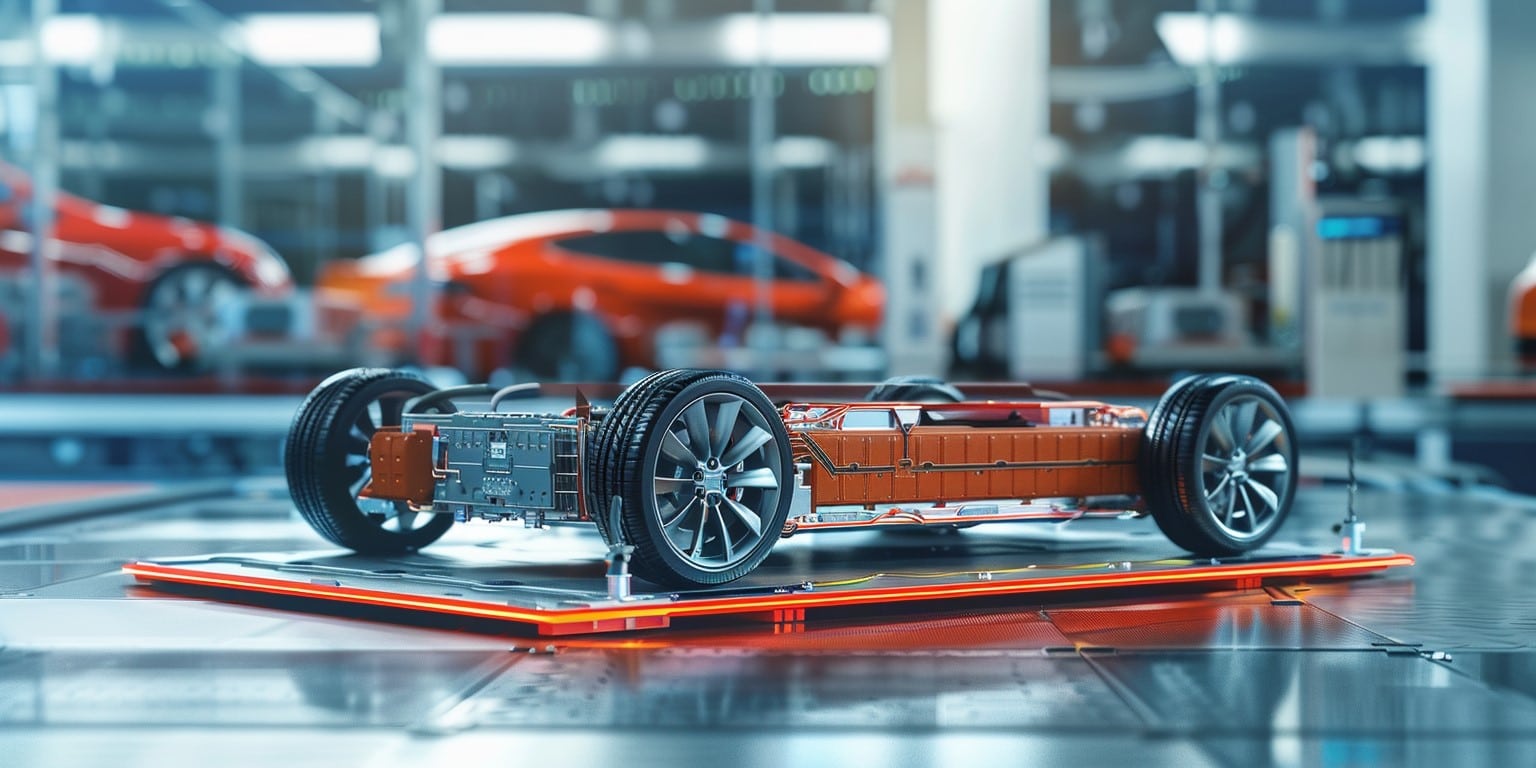
Understanding Charging Levels and Their Impact
Each charging level for EVs affects the battery and performance differently:
- Level 1 charging: This slow option gives 2 to 5 miles of range per hour. It’s okay for occasional use but not for everyday charging due to the risk of increased battery degradation.
- Level 2 charging: Faster than Level 1, this method can give 20 to 30 miles per hour of charge. It’s great for charging overnight at home or work.
- DC fast charging: This is the fastest way to charge, offering 60 to 80 miles of range in about 20 minutes. It’s best for quick charges on long trips. But using it a lot can harm the battery quicker.
To make your battery last, mix up how you charge and prefer slower methods when you can. Also, managing the EV’s thermal systems, which keep the battery cool during charging, is key. This ensures effective charging and keeps the battery healthy.
Long-Term Battery Maintenance
To make your EV battery last longer, focus on two things: using it wisely and checking it often. Doing both will ensure it wears out evenly and works best for as long as possible.
Balancing Battery Use
Balancing your battery is key to keeping it in good shape. The battery management system keeps cell voltages even. It charges and discharges cells equally. This keeps the battery healthy for longer.
Make sure to leave your battery used for a short time. It’s best to keep the charge between 20% and 80%. This avoids too much stress and keeps the battery working well for a long time.
Regular Maintenance Checks
Regular checks are a must to keep your EV battery at its best. Watch its capacity to see how the vehicle battery is doing and to monitor for signs of degradation. Catching any decline early helps you keep the battery in top shape.
Look over the battery for damage, such as corrosion or leaks. Spotting problems early can prevent more significant issues later.
Keeping your battery’s software up to date is crucial. Updates improve how the electric car battery management system works, enhancing its lifespan. Installing these updates quickly keeps your battery performing well.
Follow your car’s manual and the maintenance advice it provides. This will keep your EV battery healthy and efficient in the long run.
Being proactive with your battery means balancing its use and doing regular checks. This approach will help your EV battery last longer and work better.
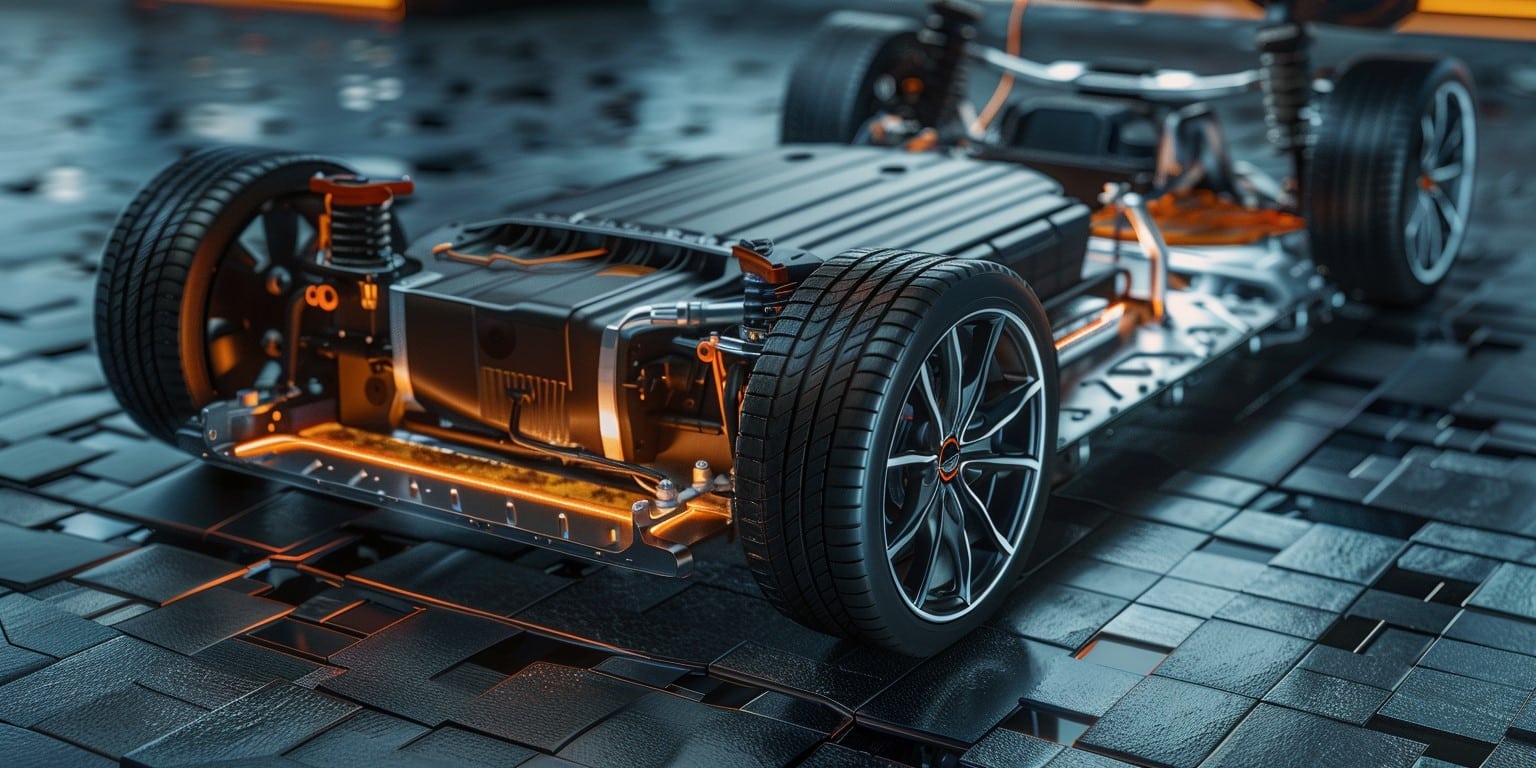
Advanced Tips for Battery Longevity
Follow some expert advice to keep your EV battery going strong. We’ll cover two main areas: keeping your car’s software updated and managing its temperature.
Software Updates and Battery Management Systems
Updating your car’s software is key to a strong battery and reducing the risk of electric car battery degradation. These updates ensure that your battery’s health and usage are well-tracked and boost how well your car manages its battery power. Make sure to get the latest updates from your car’s maker or a service center.
Temperature Management for Your EV
Temperature really affects your EV’s battery health. To keep it in top shape:
- Park in the shade to avoid the hot sun.
- Use your car’s features to adjust the battery’s temperature before you drive.
- Try not to let your car get too hot or too cold.
EVs have special systems to keep the vehicle battery temperature right, protecting against extreme temperatures. These systems stop the battery from getting too hot or too cold. This helps your electric car battery last longer and work better by managing cycles to minimize degradation.
Using these EV thermal management tips lets your EV battery last longer and perform better. It’s a great way to ensure your electric car stays reliable for years.
Myths vs. Facts: Charging and Battery Life
Many people falsely believe in charging electric vehicles (EVs) and their batteries. We want to clear up the confusion, and here, we will bust those myths with real facts from experts.
Debunking Common Myths
Let’s look at some common myths about EV batteries and why they’re wrong:
- Myth 1: The memory effect: Some think EV batteries need full charges and drains to avoid memory effects. This isn’t true for modern EV batteries. Partial charging is okay and doesn’t hurt the battery’s health or life.
- Myth 2: Overnight charging: It’s a myth that charging an EV overnight can harm the battery. The truth is that EVs have battery management systems (BMS). These systems prevent overcharging and care for the battery, so charging overnight is not harmful.
- Myth 3: Impact of frequent charging: Some EV owners worry that charging often can harm the battery. Actually, charging regularly and avoiding letting the battery run too low is good. It can extend the battery’s life and stop early wear and tear.
The Truth About Fast Charging
Fast charging is a great way to fill up an EV battery quickly. But it’s important to know a few things:
- Benefits of fast charging: It allows you to charge quickly, especially on long trips. This means less waiting and more driving.
- Drawbacks of fast charging: The downside is that it makes batteries hotter, which can lead to quicker wear. It’s best to mix fast charging with slower methods. This keeps the battery healthy longer.
By busting myths and learning the truth, EV owners can make wise choices and get the most out of their batteries.
Driving Into the Future: Embracing Best Practices for EV Battery Longevity
We’ve reviewed the best tips for keeping your EV battery going strong. These tips can help ensure your battery stays in top shape, helping it last longer and work better.
It’s vital to check on your battery often. This includes looking at its capacity, checking for damage, and updating software. Following what the maker says about taking care of the battery is critical. Taking these steps helps catch any problems early, avoiding big battery troubles.
EV battery technology is always improving. Staying up-to-date is important as new research and technology emerge. By keeping informed, you’re ready to take advantage of the latest in battery life, allowing you to drive into the future with ease.
Final Thoughts
In conclusion, the longevity and performance of your electric vehicle’s (EV) battery are significantly influenced by how you manage charging practices, temperature conditions, and routine maintenance. Adopting a balanced approach to charging, judiciously using slow and fast charging, and ensuring your EV’s battery operates within optimal temperature ranges can significantly extend its life.
It’s crucial to leverage the advanced battery management systems (BMS) available in modern EVs, which help maintain the battery’s health and efficiency over time. Regular updates to your EV’s software and attentive maintenance checks are vital in preempting potential issues and optimizing battery performance.
By debunking common myths and embracing EV battery best practices, drivers can enjoy the full potential of their electric vehicles for years to come. As EV technology evolves, staying informed and adapting to new advancements will be vital to maximizing the benefits of electric mobility.

